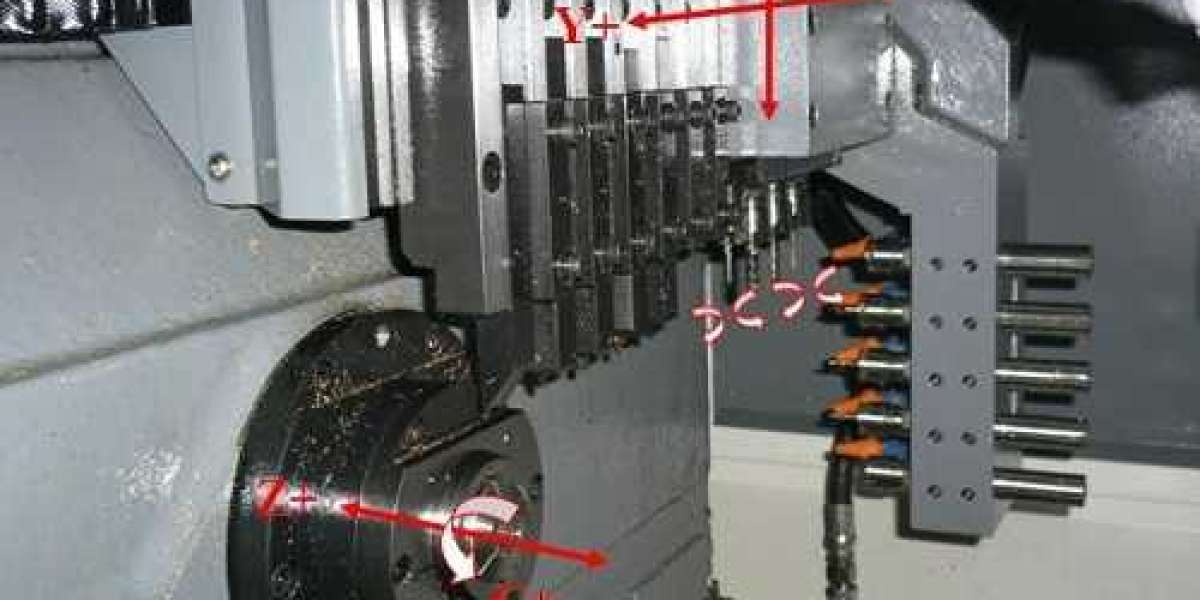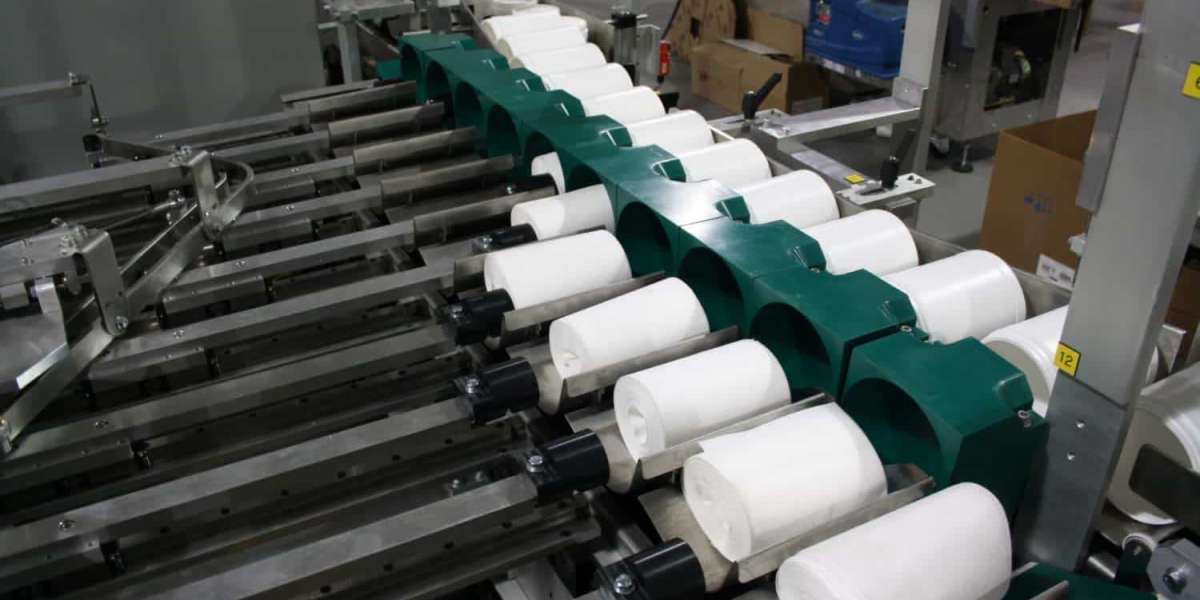Introduction
In the world of precision machining, innovation is a constant driving force. Among the cutting-edge tools that have transformed the landscape of modern manufacturing, the swiss type lathe stands out as a remarkable engineering marvel. Renowned for its unparalleled precision and efficiency, the Swiss type lathe has become an indispensable asset in industries ranging from medical device manufacturing to aerospace engineering.
The Birth of Precision Machining
The Swiss type lathe, often referred to as a Swiss screw machine or sliding headstock lathe, traces its origins back to Switzerland in the late 19th century. Developed initially to produce intricate watch parts with extreme accuracy, this revolutionary machine quickly found its way into various high-precision industries due to its remarkable capabilities.
Mechanism and Design
At its core, the Swiss type lathe operates on the principle of a sliding headstock design. In a conventional lathe, the workpiece rotates while the cutting tool remains stationary. However, in a Swiss type lathe, the workpiece remains stationary while the cutting tools, mounted on sliding toolholders, move back and forth along the workpiece. This design provides several distinct advantages:
Reduced Vibration: The stationary workpiece minimizes vibrations, resulting in enhanced precision, especially when working with small and delicate parts.
Complex Geometry: The sliding toolholders allow for the creation of intricate geometries and tight tolerances, making it ideal for producing components like screws, pins, and other small parts with intricate features.
Material Savings: The Swiss type lathe often uses bar stock as the raw material, minimizing waste and increasing cost-efficiency.
Applications in Modern Industries
The Swiss type lathe's precision and versatility have led to its widespread adoption in various industries:
Medical Device Manufacturing: From surgical instruments to pacemaker components, the medical industry benefits immensely from the precision of the Swiss type lathe.
Aerospace and Defense: The aerospace sector relies on intricate parts that demand impeccable precision. The Swiss type lathe produces components like aerospace connectors and fuel system parts with the required accuracy.
Electronics: The electronics industry utilizes Swiss type lathes to create small connectors, terminals, and pins for circuit boards and electronic devices.
Automotive: The automotive industry leverages the Swiss type lathe to manufacture components for fuel injection systems, sensors, and transmission parts.
Advancements and Future Prospects
Recent advancements in technology have further enhanced the capabilities of Swiss type lathes. Computer numerical control (CNC) integration, improved tooling systems, and real-time monitoring systems have streamlined operations, reduced setup times, and increased overall efficiency.
As the demand for high-precision components continues to grow, the Swiss type lathe is likely to play an even more pivotal role in various industries. Miniaturization, improved automation, and the incorporation of advanced materials are just a few areas where the Swiss type lathe's influence is set to expand.
Conclusion
The Swiss type lathe stands as a testament to human ingenuity in precision engineering. From its humble origins in Swiss watchmaking to its pivotal role in the manufacturing of critical components in modern industries, this machine has reshaped the way we approach precision machining. As technology continues to evolve, the Swiss type lathe's legacy of precision, efficiency, and innovation will undoubtedly continue to flourish, shaping the future of manufacturing in remarkable ways.








